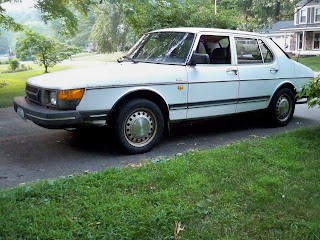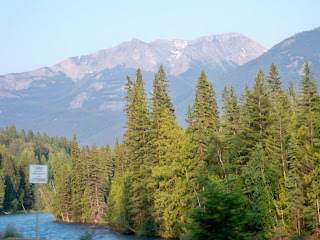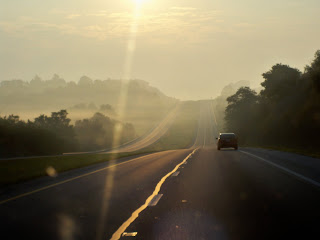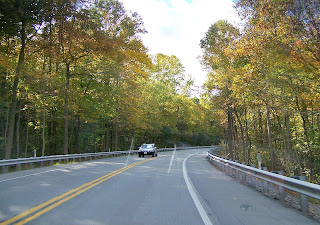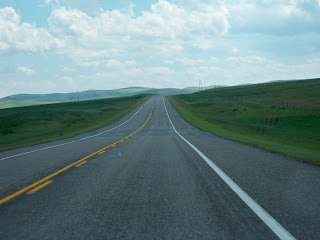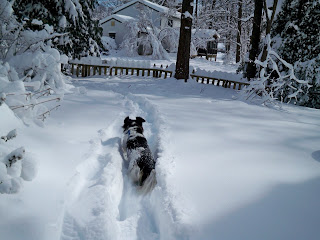Farewell to the Saab
Today our beloved 1986 white Saab sedan takes one final trip when the vehicle-donation truck comes to pick it up. It’s like losing a member of the family.We brought all three of our babies home from the hospital in this car. We took countless trips back to Kentucky and Indiana to see our families in it, chugging up and over the Appalachian Mountains more times than I can count. The Saab has been to Montana and Arizona and New Mexico, to Oklahoma and Texas and Tennessee. It moved us from Arkansas to Massachusetts and then, a couple years and one baby later, from Massachusetts to Virginia. We carried tools in it, bikes in it, even a cello and a string bass in it. I still remember which side the gas tank is on by imagining Suzanne as a baby in a car seat, diagonally across from me in the driver’s seat.
Tom bought the Saab before we were married, and we first drove it on the brow of a flat-topped mountain in Arkansas. From this idyllic childhood, the Saab moved on to a serviceable middle age. In the last five years it managed to keep going through a few minor ailments and then what we all feared would be its final illness, an injury that involved rust, an axle and the entire front end. For months the car languished in our driveway. But Tom put it back together again.
We have no idea how many miles the Saab has logged; the odometer broke years ago. The headliner is long gone and the finish is pockmarked. But through it all, the Saab has maintained its dignity, its good nature and its fine bones. It is a noble, willing car; it has heart.
I once wrote an essay about the day we finally broke down and bought a mini-van. It was raining when we went to pick it, I said. Even the heavens were crying. Well, it’s raining today. Raining buckets. We’re losing the Saab. Even the heavens are crying.
